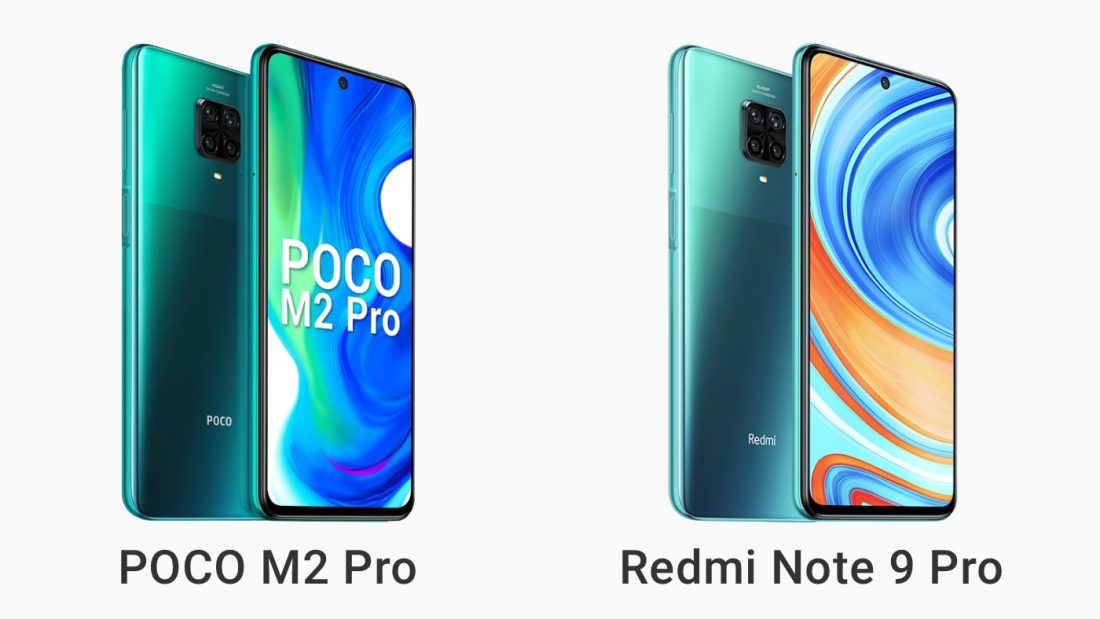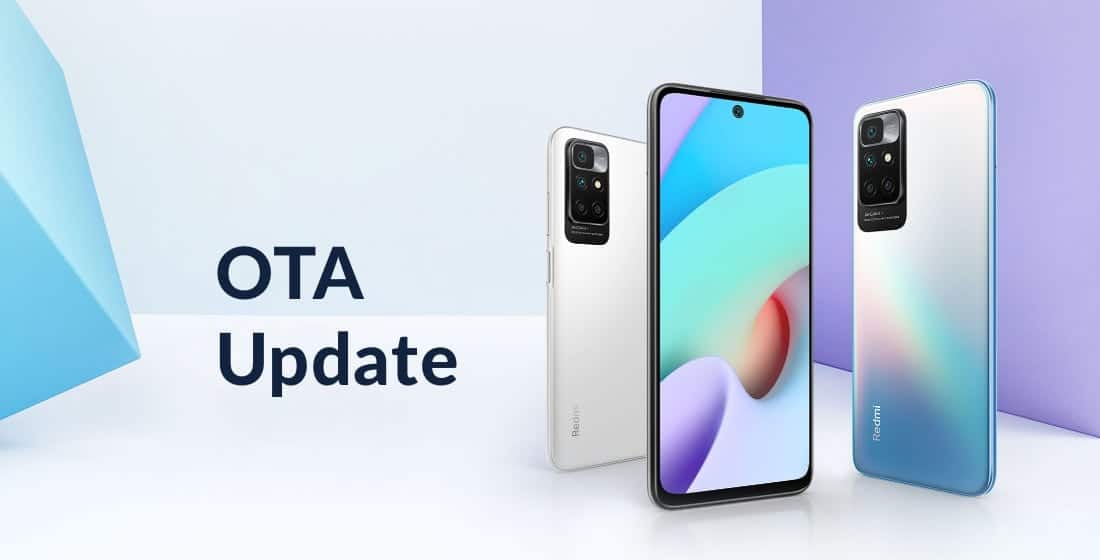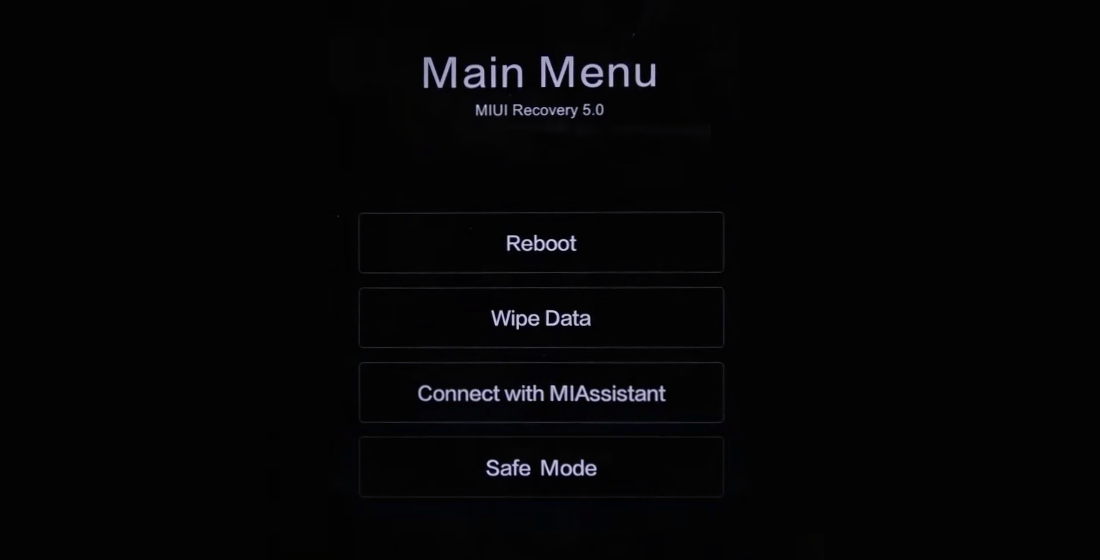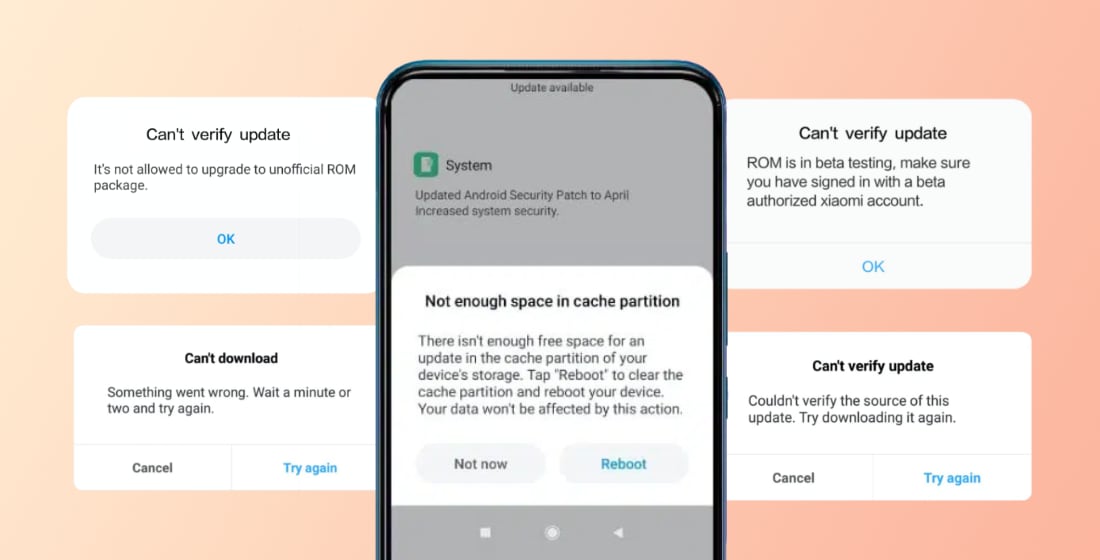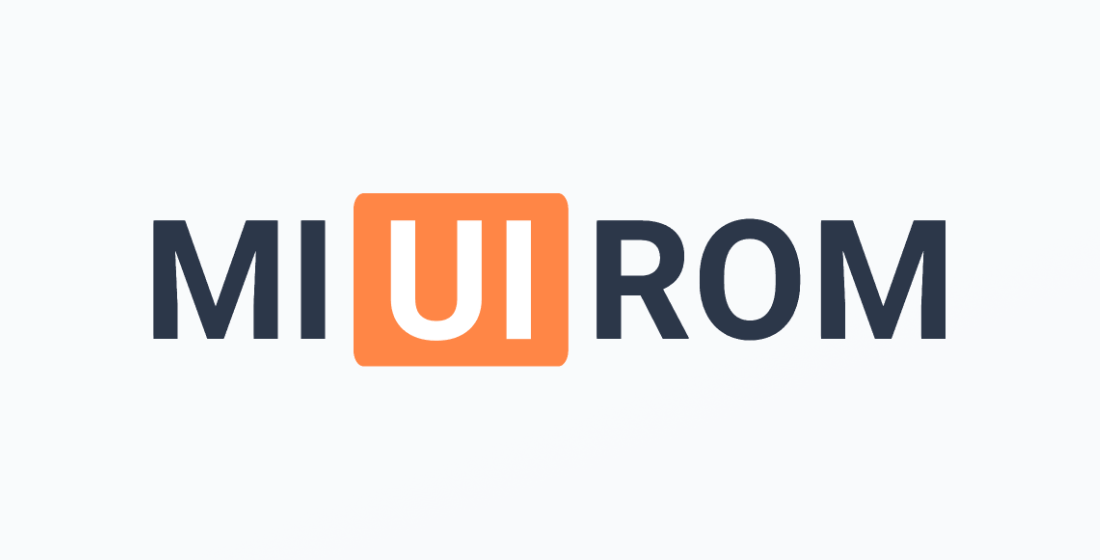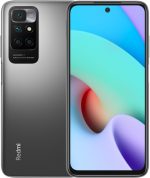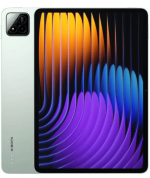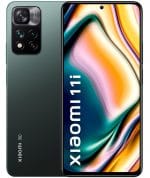Xiaomi, Mi, Redmi and POCO are smartphone brands owned by Xiaomi Corporation, founded in 2010. The corporation produces electronics, home appliances and other products, but its main focus is smartphones.
Let’s look at the differences between Xiaomi and Redmi, Mi and POCO. We’ll discuss each brand’s target audience, sales markets and smartphone update policy differences.
Xiaomi vs REDMI vs POCO
Are REDMI and Xiaomi the same? No, they are not the same brand. These are two separate brands owned by the Chinese company Xiaomi Corporation. Its sub-brands REDMI and POCO are also Chinese.
Xiaomi focuses on premium and mid-range smartphones with better build quality, features, and longer update support. Redmi targets the budget segment, offering affordable phones with good performance but fewer premium features.
POCO focuses on delivering high performance and powerful specifications at aggressive prices, often reusing Redmi hardware with a unique design and software modifications.
The table shows the differences between Xiaomi, Redmi, and POCO:
| Criteria | Xiaomi | REDMI | POCO |
|---|---|---|---|
| Positioning | Main brand, mid-to-flagship segment | Sub-brand, budget and mid-range segment | Independent sub-brand, performance at low cost |
| Target audience | Users seeking premium features and innovation | Mass-market users looking for value | Performance-focused users on a budget |
| Price segment | Mid and high | Low and mid-low | Low and mid-low |
| Build quality & materials | Glass, metal, ceramic | Plastic, glass, aluminum | Plastic or metal for cost-efficiency |
| Performance | Flagship-level chips (Snapdragon 8 Gen, etc.) | Mid-range and entry-level chips | Strong specs in budget range |
| Cameras | Top sensors, OIS, advanced features | Basic or mid-level cameras | Good cameras for price, but not flagship-grade |
| Display | AMOLED/LTPO, high brightness, 120–144Hz | IPS/AMOLED, 60–120Hz | IPS or AMOLED, high refresh focus |
| Features | Wireless charging, water resistance, AOD | Minimal extras | Maximum specs, minimal extras |
| Software updates | 2–3 years support, 2 Android updates | 1–2 years, often 1–2 updates | Up to 2 years, 1–2 updates |
| OS and UI | HyperOS (formerly MIUI) | Same OS with slower rollout | HyperOS with POCO tweaks |
| Market focus | China, Europe, Latin America | India, SEA, Russia, Africa | India, Indonesia, SEA (not in China) |
| Examples | Xiaomi 14, 13 Ultra, 12T Pro | Redmi Note 13, 13C, A3 | POCO X6 Pro, F5, M6 Pro |
| Recommendation | Premium & innovation | Affordable & practical | Performance per dollar |
Thus, although the brands belong to the same company, they target different market segments and have different positioning.
Now let’s consider the difference between Xiaomi, Redmi and POCO in detail, touching on the main criteria from the table.
Differences between Xiaomi, Mi, Redmi
Although all brands are under Xiaomi’s common control, they produce devices for different audiences.
Differences between Xiaomi, Mi, Redmi, and POCO:
- Xiaomi is a Chinese brand that produces devices, including smartphones. Xiaomi produces flagship phones, as well as mid-priced models. They have good value for money, while having excellent performance specifications.
- Mi is a sub-brand (subsidiary brand) of Xiaomi. Mi smartphones were the company’s main product and flagship models. In 2021, it was decided to rename the phones “Xiaomi Mi” to simply “Xiaomi”. Mi and Xiaomi phones are the same.
- Redmi was created in 2013 as a sub-brand called “Xiaomi Redmi” to produce affordable smartphones (Originally known as the HongMi). They have more modest specs and a less premium design than the main Xiaomi brand. Despite this, they retain a high level of performance and reliability. In January 2019, the brand was spun off into a Xiaomi subsidiary called “Redmi.”
- POCO is a Chinese company that is an independent brand of Xiaomi, founded in 2018. POCO focuses on high-performance devices at minimal prices. The basic idea is to offer smartphones with superior features, such as powerful processors and cameras, at prices below the competition.
Mi to Xiaomi is renamed due to the company’s decision to change its marketing strategy and improve brand management. Agree, it is not easy to release powerful premium models in ceramic, when the brand is associated only with cheap smartphones.
Is Xiaomi and Redmi the same? Phones are perceived as one and the same. But the two are different brands from the same company, Xiaomi Corporation. The phones differ not only in price.
Geography and sales regions
Due to the variety of models and aggressive pricing policy, the Xiaomi brand has gained wide popularity, becoming one of the largest manufacturers of cell phones in the world. Redmi and POCO also occupied their niches.
Sales regions for Xiaomi, Redmi and POCO phones:
- Xiaomi smartphones sell worldwide, including China, India, Russia, Southeast Asia, Europe, and Latin America. But the main markets are China and the European Union.
- Redmi phones focus on emerging markets like India, Russia, Southeast Asia, and Africa. The main sales market is India, where Redmi is very popular.
- POCO is focused mainly on India, Indonesia, the Philippines and other countries in Southeast Asia. He quickly attracted buyers’ attention with his debut POCO F1 (Pocophone F1), which offered great features and a nice design at a low price.
Some Redmi and POCO models look similar or different. In addition, the technical aspects of the phones are almost identical. For example, the POCO M2 Pro smartphone is almost a copy of the Redmi Note 9 Pro.
The developers took the Redmi Note 9 Pro, sold on the global market, simplified it technically and created POCO M2 Pro for sale in India. And there are many such examples.
Update policy features
All three brands use Android as their main operating system, with a shell – HyperOS or MIUI – running on top of it. They are developed by Xiaomi, but MIUI support has ended, while HyperOS is the current and modern OS.
The exceptions are Xiaomi A-series smartphones – Mi A1, Mi A2, Mi A2 Lite, Mi A3, which run on Android One. And in 2024, the Redmi A3, Redmi A3x and POCO C61 models on Android Go were released.
Xiaomi, Redmi and POCO update policies:
- Since Xiaomi phones are the company’s flagship models, they receive operating system updates first. They are updated within 2-3 years of launch and receive 2 major Android updates.
- Redmi smartphones also have exemplary manufacturer support. HyperOS (MIUI) updates are usually released slightly later than Xiaomi’s flagship models. Redmi devices are supported for 2 years from sales start and receive 1-2 major Android updates.
- POCO devices are supported for up to 2 years from model sales, receiving 1 to 2 Android version updates.
Please note: the updates period is counted from the date the model is released on the market, not from the date you purchase the phone.
Information on the update policy is based on the miuirom.org team’s observations of firmware releases. Xiaomi makes no official information or promises about update release dates. The only official source is AER (Android Enterprise Recommended), which only publishes data for some models. If your smartphone Xiaomi, Redmi or POCO is not in the AER, it is impossible to say how long it will receive updates.
Flagship models receive longer support and frequent updates, while budget devices receive updated firmware less regularly.
Case Materials
Due to each brand’s target audience and price, phone bodies materials vary:
- Xiaomi smartphones are mostly in the mid-range and premium segments. Case materials range from glass to metal, as well as combinations of these materials. Some models also use ceramic: the use of more expensive materials gives the devices a premium look.
- Redmi is a budget-friendly brand. Case materials are usually plastic, glass or aluminum. This allows lower prices.
- POCO phone cases are usually made of plastic or metal. The brand’s main goal is to reduce the final cost of devices. The target audience for this brand puts performance and technical features above design or premium case materials.
Many models use Corning Gorilla Glass to protect the screen and special coatings to prevent fingerprints.
Which phone to choose?
The main difference between smartphones is that Redmi and POCO offer more affordable devices, while Xiaomi sells both flagship models and mid-range phones. It’s imperative to understand that Redmi and POCO are not expensive, but offer good features at a relatively low price.
To determine which phone to choose, you need to consider your preferences and budget. Here are some tips for choosing:
- Determine your budget: if you’re looking for an affordable smartphone, the Redmi or POCO are good options. If there are no budget constraints and you want the most impressive specs, pay attention to Xiaomi’s flagship devices.
- Assess your needs: think about what features you really need. Do you need a phone with a powerful processor, lots of memory, and a cool camera? Or are you looking for something more basic?
- Pay attention to the update policy: all three brands use the Android-based HyperOS (MIUI) operating system, but the level of support and frequency of updates are different.
- Compare size and design: choose the phone you like in terms of size, shape and design.
- Study the sales regions: smartphones have regional features. For example, China models have interfaces in Chinese and English. But the Chinese versions are the most powerful and functional (POCO is not sold in China). And many global MIUI versions implement Google services.
All sub-brands of Xiaomi offer different smartphone models depending on users’ needs.
Xiaomi (the same as Mi) focuses on flagship models with powerful specifications and premium body materials. Redmi produces affordable high-value devices. The lower price is achieved by simplifying technical models. Not everywhere is water and dust protection, wireless charging or Always On Display.
Xiaomi Corporation’s POCO brand produces the most affordable smartphones with excellent price-performance ratios.
